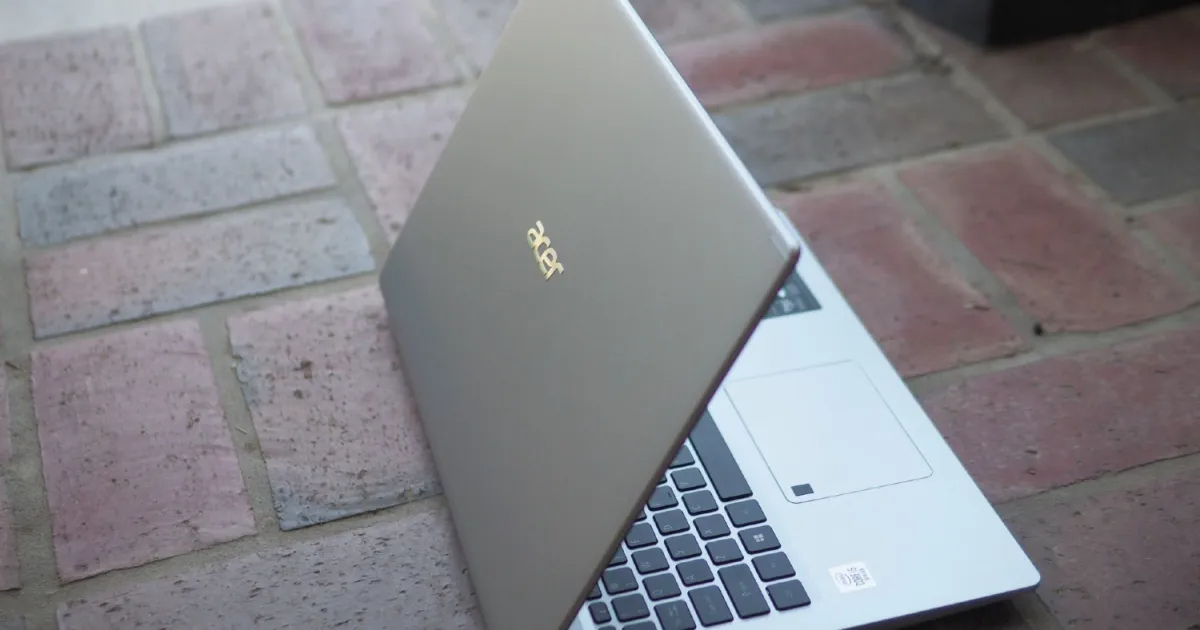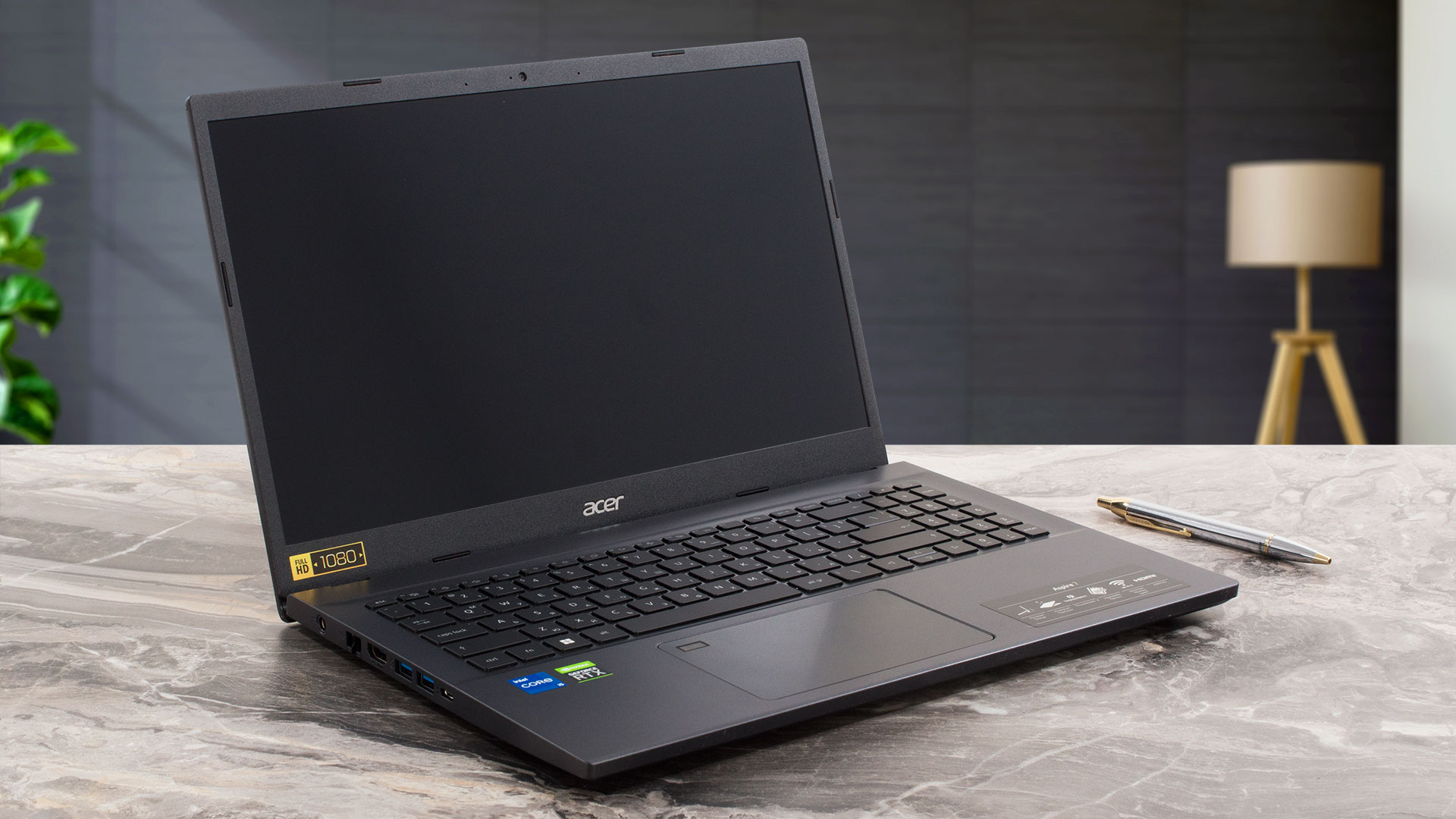Resetting an Acer laptop can often resolve a multitude of issues and restore the system to its optimal performance. Whether you’re experiencing slow performance, software errors, or you’re prepping the device for resale, a reset can return the laptop to its factory settings. This article will outline the steps needed to safely and effectively reset an Acer laptop, including preparations before the reset, two methods of resetting, post-reset actions, and maintaining performance after the reset.
Preparing for a Reset: Safeguarding Your Data
Before initiating a reset, it’s critical to ensure that your data is secure and you’re ready for the process.
Backing Up Important Files
The most crucial step before resetting your laptop is to back up all important files. Use an external hard drive, cloud storage service, or USB flash drives to copy all personal documents, photos, videos, and any other data you wish to keep. Ensure that the backups are complete and that all necessary files are included.
Gathering Software and Keys
After the reset, you will need to reinstall software and applications that were added after the initial purchase. Make sure you have access to installation files and any necessary product keys or licenses. It’s also wise to note down any custom settings or configurations that you would like to replicate after the reset.

Resetting Your Acer Laptop: Two Methods
Acer provides a couple of methods for resetting the laptop, either using built-in Windows tools or Acer’s recovery solution.
Using Windows Reset Feature
For systems running Windows 8 or later, you can use the built-in reset feature. Access it by going to ‘Settings,’ then ‘Update & Security,’ and selecting ‘Recovery.’ Under ‘Reset this PC,’ click ‘Get started’ and choose either ‘Keep my files,’ which will reinstall Windows but keep personal files, or ‘Remove everything,’ which will remove all personal files, apps, and settings.
Utilizing Acer Recovery Management
For a more thorough reset, especially if you cannot boot into Windows, use Acer Recovery Management. This can be accessed by pressing ‘Alt’ + ‘F10’ during startup to enter the recovery environment. From there, you can restore the laptop to factory settings, which will erase all data, applications, and settings, returning the device to its original state.

Actions After Resetting Your Laptop
Once the reset process is complete, there are several important actions to take to ensure your laptop runs smoothly.
Reinstalling Necessary Software
Begin by reinstalling any essential software that was removed during the reset. If you’ve kept a list of product keys and installation files, this should be a straightforward process. Prioritize antivirus software to protect your laptop from threats as you continue to set up your system.
Restoring Personal Files
With your essential software installed, proceed to restore your personal files from the backup you created earlier. Carefully organize your files as you transfer them back onto your laptop to avoid clutter and ensure easy navigation.

Maintaining Optimal Performance Post-Reset
A reset can make your laptop feel like new, but it’s important to maintain that level of performance through regular maintenance and good practices.
Regularly Updating Software and Drivers
Keep your operating system, drivers, and software up to date. Regular updates often include performance enhancements, security patches, and bug fixes that can keep your laptop running efficiently.
Monitoring System Health and Storage
Use system monitoring tools to keep an eye on your laptop’s health. Monitor storage space, memory usage, and CPU load to identify potential issues before they become significant problems. Avoid cluttering your system with unnecessary files and applications that can slow down performance.

Establishing a Clean and Organized Operating Environment
A reset provides a unique opportunity to set up a clean and organized system from the start, which can contribute to better performance and easier management in the long run.
Creating an Efficient File Structure
Take the time to plan and implement a logical file structure for your documents, pictures, and other data. Establishing specific folders for different categories and regularly organizing your files can help you maintain a clutter-free system and improve retrieval times.
Customizing Settings for Productivity
After a reset, you will have a chance to customize the settings of your laptop to match your personal workflow. Adjust power settings for optimal battery life, organize your start menu and taskbar, and tweak system notifications to minimize distractions. Tailoring these settings from the get-go can create a more productive and enjoyable user experience.

Ensuring Security and Privacy Post-Reset
In today’s digital age, securing your system and safeguarding your privacy is more important than ever, especially after a full system reset.
Installing Reliable Security Software
Immediately after resetting your laptop, ensure that you install reliable security software. Whether it’s Windows Defender, which comes built into Windows, or a third-party antivirus solution, having active and up-to-date security software is your first line of defense against malware and cyber threats.
Updating Privacy Settings
Go through the privacy settings in Windows and within your installed applications to adjust them according to your comfort level. Disable or limit features that share your data or usage statistics if you prefer to keep that information private.
Optimizing Performance and Speed
With a fresh system, you have the opportunity to make optimizations that can enhance the speed and responsiveness of your laptop.
Managing Startup Programs
One of the main culprits for slow system startup times is the number of programs set to run at boot. Use the Task Manager to manage startup programs, disabling those that are unnecessary to speed up the boot process and free up system resources.
Considering Performance Tweaks
There are various performance tweaks and system adjustments you can make to enhance the capabilities of your laptop. These can range from adjusting visual effects for best performance to setting up a custom paging file size for virtual memory management.
Adopting Long-Term Maintenance Strategies
Maintaining the performance of your Acer laptop requires consistent efforts over time. Developing and adhering to a maintenance schedule can prevent common issues from arising.
Scheduling Regular Cleanups
Regularly clean up your system by uninstalling unused programs, deleting temporary files, and running disk cleanup utilities. This can help free up space and prevent your system from becoming bogged down.
Keeping Hardware Clean
Physical maintenance is just as important as software upkeep. Keep your laptop’s hardware clean by regularly dusting the keyboard, cleaning the screen, and ensuring the vents are not blocked to prevent overheating.
A Fresh Start with Acer
Resetting your Acer laptop can breathe new life into the device, providing you with a fresh start and optimal performance. By carefully preparing for the reset, choosing the appropriate method, and taking action after the reset, you can enjoy a clean and efficient computing experience. Regular maintenance and good system management habits will help maintain the rejuvenated performance of your Acer laptop for years to come.


